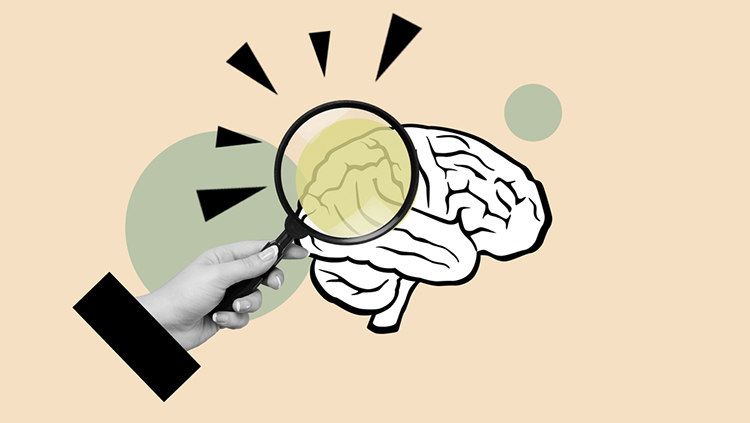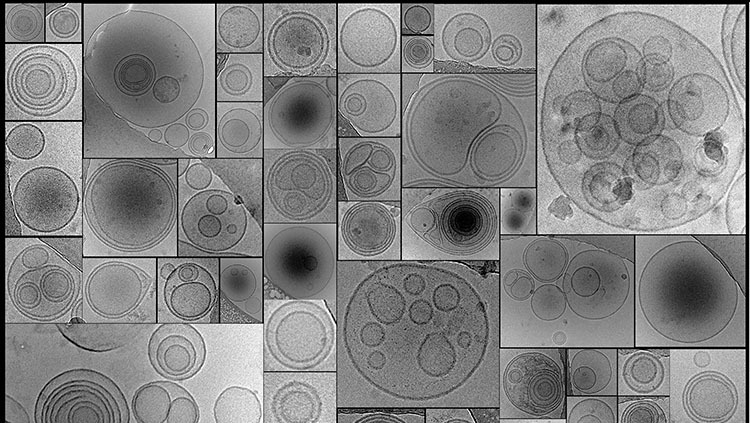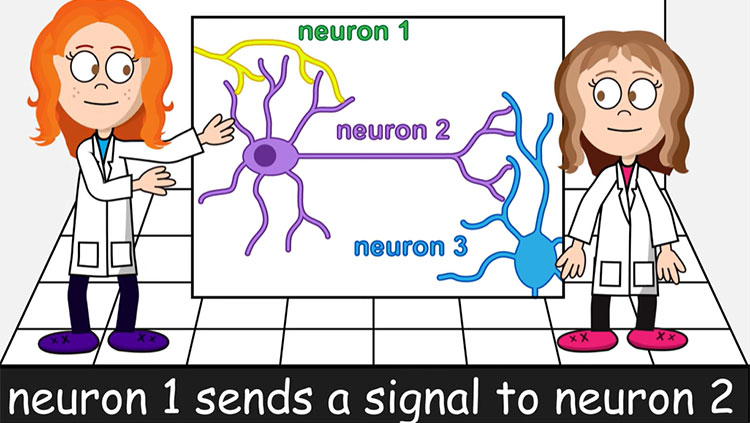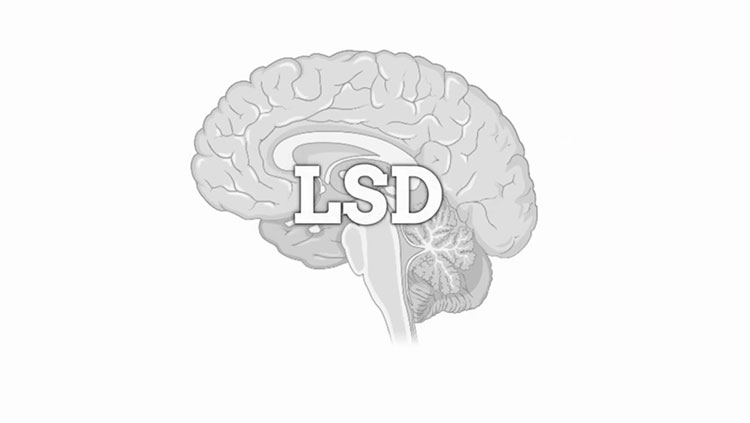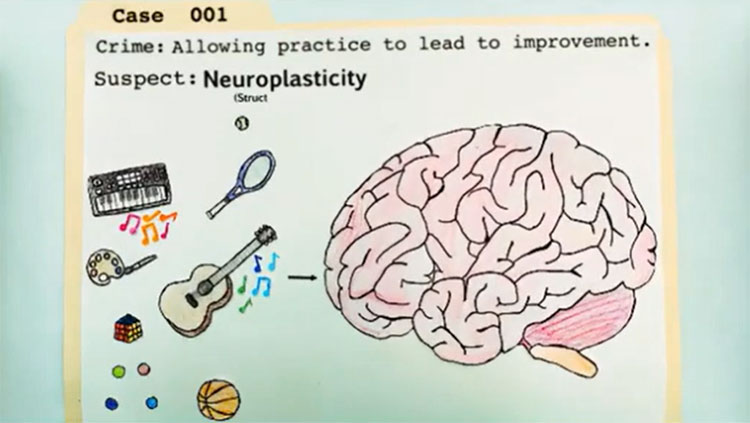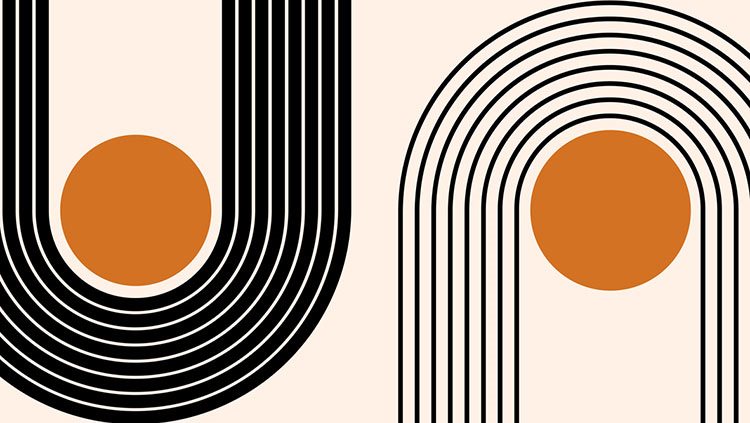Trophic Factors
- Published1 Apr 2012
- Reviewed1 Apr 2012
- Source BrainFacts/SfN
Molecules that are important in brain development may help treat or prevent brain injuries and disorders.
One result of basic neuroscience research is the discovery of numerous trophic factors, which control the development and survival of specific groups of neurons. Once the specific actions of these molecules and their receptors are identified and their genes cloned, procedures can be developed to modify trophic factor-regulated functions in ways that might be useful in the treatment of neurological disorders. For example, copies of the factor might be genetically targeted to the area of the brain where this type of cell has died. The treatment may not cure a disease but could improve symptoms or delay the disease’s progression.
Already, researchers have demonstrated the possible value of at least one of these factors, nerve growth factor (NGF). NGF slows the destruction of neurons that use acetylcholine. When infused into the brains of rats, NGF prevented cell death and stimulated the regeneration and sprouting of damaged neurons that are known to die in Alzheimer’s disease. When aged animals with learning and memory impairments were treated with NGF, scientists found that these animals were able to remember a maze task as well as healthy aged rats. NGF also holds promise for slowing the memory deficits associated with normal aging.
Recently, several new factors have been identified. They are potentially useful for therapy, but scientists must first understand how they may influence neurons. In the future, Alzheimer’s disease, Parkinson’s disease, and amyotrophic lateral sclerosis (ALS) may be treated with trophic factors or their genes.
In an interesting twist on growth factor therapy, researchers have demonstrated that neutralizing molecules that stop or inhibit growth can help repair damaged nerve fiber tracts in the spinal cord. Using antibodies that override the effect of Nogo-A, a protein that inhibits nerve regeneration, Swiss researchers succeeded in getting some nerves of damaged spinal cords to regrow in rats and monkeys. Treated animals of both species showed large improvements in their ability to walk and use their forepaw digits after spinal cord damage.
This research has been translated to a clinical setting, where recently injured spinal cord injury patients are being treated with anti-Nogo-A antibodies in a clinical trial.
CONTENT PROVIDED BY
BrainFacts/SfN
Also In Cells & Circuits
Trending
Popular articles on BrainFacts.org


